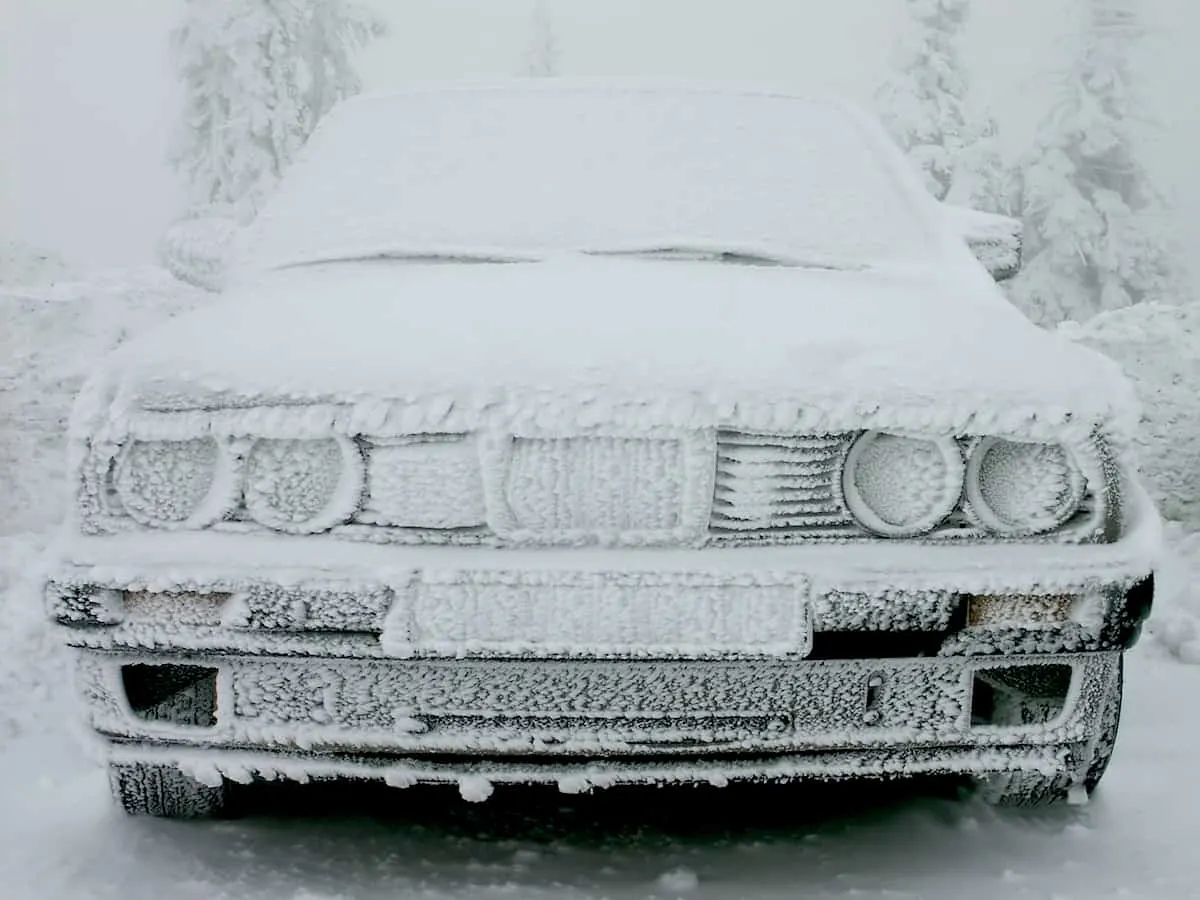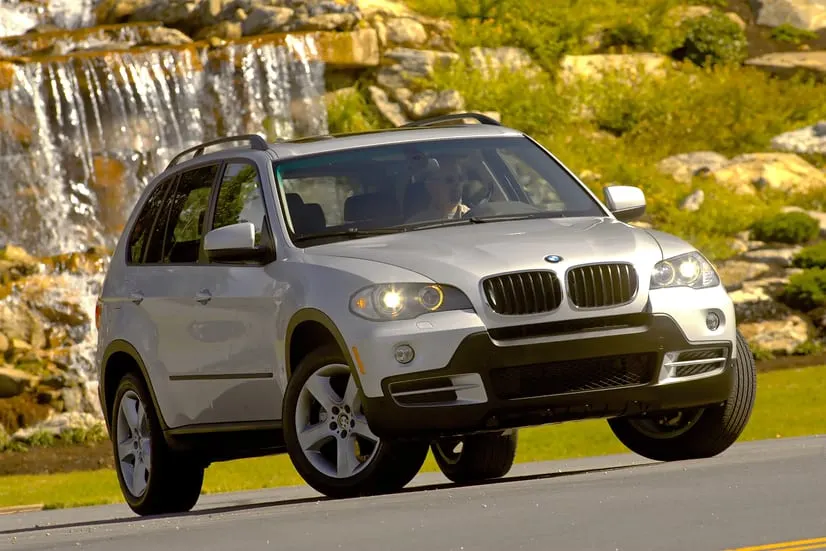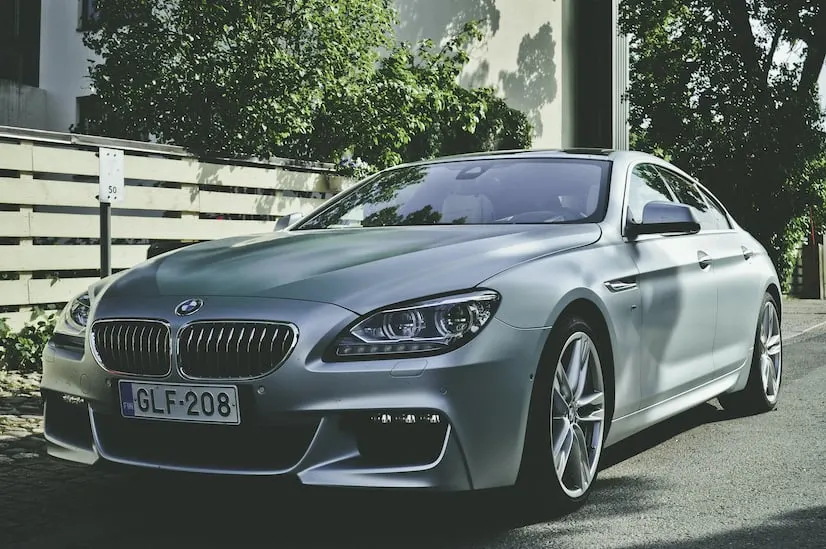While their tagline may be “The Ultimate Driving Machine”, many people often wonder if BMWs are good in snow! Even with all of the engineering and tuning in the world, it’s fair to wonder if that performance holds up in snowy conditions.
Are BMWs good in snow?
With proper winter tires, all BMWs can perform very well in snow. Models with the xDrive all-wheel-drive system will handle even better in a variety of wintry conditions.
While a good set of winter tires can drastically improve a BMWs handling in snow, they’re not the only reason why a BMW can handle well in the snow!
Let’s take a look at the other factors that can affect a BMWs driving performance in the snow.
Factors Affecting A BMW’s Snow Performance
As we’ve already hinted at, one of the biggest factors affecting a BMW’s snow handling is its tires!
Let’s dive into why this is, as well as the other factors that are important to consider when driving in the snow.
Factor #1 – Winter Tires
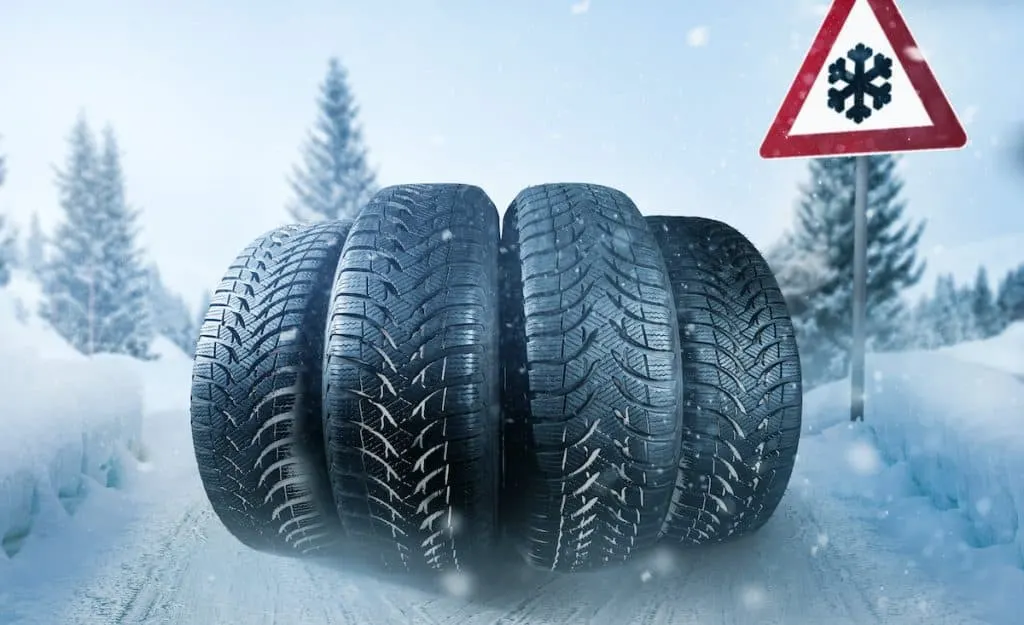
All the performance in the world doesn’t do much good if that power can’t be translated to the ground! Hence why having the right tires on your BMW is such an important factor for winter driving.
While those summer tires are a blast on dry pavement, you’ll quickly find yourself struggling to maintain traction on snowy and icy roads.
That’s where winter tires come in to help!
Winter tires are made of specific rubber compounds that work best in cold temperatures. While other types of rubber may get stiff when cold, these stay soft and pliable.
This allows the tire to maintain its grip and traction on the ground.
Winter tires also come with features such as deeper treads and zig-zag grooves to improve traction.
Now you may be asking yourself if winter tires are the same as snow tires. While these two are similar they’re actually a bit different.
Snow tires are the older variation of the two and had even more aggressive tire tread! However, they weren’t as well suited to performance on ice (which is also common with snow). They also didn’t have the modern material upgrades that allowed their rubber to perform in cold conditions.
Virtually all companies are producing “winter” tires at this point instead of “snow” tires, so while you might hear these terms used interchangeably, you’ll now know the difference!
Last but not least, it’s worth quickly mentioning the case for all-weather tires as well. Like winter tires, they also benefit from the advancements in materials science that allow them to perform well in both hot and cold conditions.
These special rubber compounds keep the tire from getting too hard in the cold, and too soft in warm weather. Think of them as a “jack of all trades” when it comes to tire performance.
It’s worth pointing out that while all-weather tires can perform well in a wide variety of conditions, they won’t be the best option in extreme cold and snow or on hot summer days.
If your region calls for it, that’s why it’s useful to swap on the winter tires once the temperatures start dropping.
Life is always about tradeoffs!

Factor #2 – The Driver
While many people may not like to hear this, the skill and experience of a driver are some of the most important factors when it comes to snow.
This is important to bring up because the vast majority of drivers already overestimate their driving skills. Couple this overconfidence with snowy or icy conditions that you’re not used to driving in and you’ve got a recipe for disaster.
Literally!
A driver that’s both skilled and experienced can excel even with suboptimal vehicles in the snow.
Why you might ask? Because they’ve had enough time and practice to learn how to adjust and accommodate for these shortcomings in a way that an inexperienced driver simply can’t.
For some quick video tips on driving a BMW in the snow, you can also take a look at the video that I’ve linked below.
Just like anything else, driving is a skill. It takes time, practice, and exposure to a variety of circumstances for a driver to become competent at handling snow and ice.
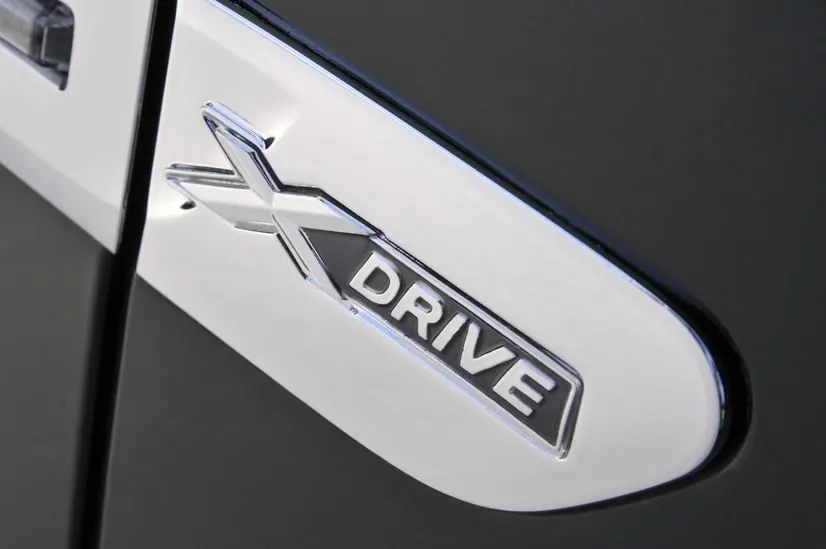
Factor #3 – Drive System
While BMW is slowly starting to release models with front-wheel drive, most of their vehicles are rear-wheel drive.
Because the engine is located in the front of the car, many front-wheel-drive vehicles perform well in the snow because of the added weight on the tires receiving power.
This is of particular help when it comes to climbing hills!
Before you get upset and consider getting rid of your warm-weather performance car, there are ways to work around this! In addition to a good set of winter tires, there’s another easy fix.
Simply filling up your trunk with sandbags, or some other form of weight is a quick way to add traction to rear-wheel drive vehicles.
Without getting too far into the weeds, each of these 2-wheel drive variations is more than capable in the snow when equipped with proper winter tires.
The area where you’ll have a real advantage with a BMW is if it has the xDrive all-wheel-drive system!
In case you’re not familiar with all-wheel drive, or “AWD” for short, provides power to all four-wheel instead of just the front or rear set. In cases where the ground is slippery, this keeps all four tires spinning for added traction.
xDrive is the name for BMWs all-wheel-drive system that was released in 2003 and is what you’ll find on their cars today. However, they also had versions of AWD going back as far as the 1980s as well.
While proper winter tires remain the most important factor, a good AWD system can also do wonders in helping your vehicle maintain traction and power through the snow.
But combine the power of xDrive with winter tires, and you’ve got yourself a winter driving machine!
Factor #4 – Vehicle Clearance
Last but not least, it’s worth pointing out that vehicle clearance will come into play as the snow accumulation starts to build.
While sleek, low-to-the-ground BMWs are incredibly fun to drive on dry roads, they can actually become an impediment in snow. Try driving over a pile of snow in a car with 4 inches of clearance is going to be a lot tougher than one with 8 inches of ground clearance!
Now while I’m not suggesting that you go put a lift kit on your BMW, this is more of a practical piece of advice.
Generally speaking, cars will have the least ground clearance, followed by crossovers, with SUVs giving us the most. Looking at the comparison photos above, you don’t need a ruler to see that the SUV has more clearance!
Understand the limitations that you may encounter here based on the particular BMW that you’ll be driving. To keep it simple – SUVs will be the better choice if you expect to encounter large amounts of snow.
As a general rule, the more clearance the better. However, unless you live somewhere that gets a LOT of snow, it probably won’t be a make or break feature for you.
